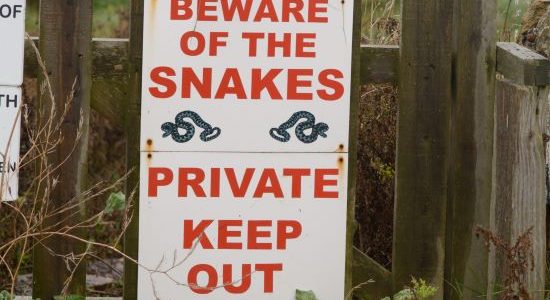Snake Fence Repair.
Snakes are majestic and beautiful reptiles; however, they are equally dangerous too. If you live in a rural area or the new desert suburbs of Arizona, you might have seen one or two rattle snakes in the vicinity. They are dangerous and prone to attack, especially your kids and small pets. For that, snake fencing is getting common protection against these reptiles.
These fences have consistent wear and tear due to weather corrosion and the test of time. Therefore, proper maintenance is essential to keep the structure intact and your family safe. How to do that? Let’s see it in detail. 
Concrete Strips Under the Gate is effective to snake-proofing you home.
A typical result is that your gate experiences consistent wear and tear due to regular opening and closing. So, the snake fence on the gate may experience the same damage. Since you cannot bury the gate fence in the ground to protect against the underground snake attack, installing a concrete strip under the gate is an effective step towards snake-proofing your home from the gate side.
A good area for a concrete strip is against the opening of your gate. However, installing it underneath the side facing the road is better. This way, your gate will only open towards your house, and your car will not experience any damage.
You can use a concrete strip to cover your boundary fences. This way, the snake cannot go underneath the ground, giving your home a secure look. However, regular maintenance and repair work is necessary if you go for this solution to snake fencing.
Use Hog Ring to predator proof your fence.
This robust aluminum or steel staple is very common among repair shops. You might have seen them on the upholstery on your furniture or car. However, hog rings are standard for repairing and predator-proofing fences. The snake fence at your home requires continuous maintenance, and you should not compromise on slight damage.
Using hog rings to chain link your fence is an easy, affordable, and effective repair and maintenance method. You can use the hog ring to firmly attach the mesh sheet to the pole of your fence. This way, you can ensure the longevity of the snake fence.
Use Galvanized Steel Tent Pegs To Hold the Mesh Firmly for snake proofing
Galvanized metal is one of the most robust metals and has many features that can be an effective tool for repairing your snake fence. This versatile and resilient steel has various shapes and sizes. However, if your fence gets loose from the ground, you can use galvanized tent pegs to firmly hold the mesh sheet and the entire fence structure.
The galvanized steel pegs are made by dipping common metal pegs in the molten zinc. The galvanization process gives the steel pegs a strong and weather-resistant coating essential to hold the mesh sheet.
Alternatively, you can use galvanized mesh instead of regular steel mesh. A galvanized steel mesh is more robust and less prone to premature wear and tear.
Timber Posts or Reels are a cheap solution to keep snakes out.
If your steel post requires a replacement due to any damage, then an effective and comparatively cheap solution is to use timber posts to attach your snake fence. Timber, especially the treated one, is naturally robust and can provide impressive weather resistance. In addition, treated timber tends to secure the rest of the fence’s structure to stop further wear and tear. For better strength, cover the posts on the ground with concrete for the longevity of the whole structure.
Galvanized reel posts are another effective product to replace the damaged post of your snake fence. These metal structures fit perfectly in the ground for a long time and have fencing assistant rails to attach your snake fence properly. Its smart design improves the overall look of your home.
Fencing Wire or Existing Mesh Products adds another layer to protect from Snakes.
There is a chance that the mesh structure and the wires need replacement due to corrosion or damage. Replacing the whole sheet from post to post is better to avoid further structural damage.
A galvanized mesh and fence wire is more suitable to replace your existing structure. In addition, you can add another fencing wire layer to double-protect your snake fence for longevity.
Steel Pipe or Rectangular Hollow Structure (RHS) Make an Effective Snake Fence Post.
Steel pipes or RHS (Rectangular Hollow Structure) steel is another effective option for replacing the damaged snake fence post. They are naturally solid and reliable and hold the ground well. However, steel is prone to corrosion, making it susceptible to rainy weather.
Similarly, RHS steel is another effective material to replace your snake fence post. It holds the ground pretty strong but is prone to corrosion again.
However, both materials above are great options for snake fence posts.
FAQs
Can I Do it Myself, Repair My Snake Fence?
It depends on your experience with the construction and repair work with steel fences and posts. You can do it yourself if you have adequate knowledge or are confident about repairing correctly.
However, hiring a professional to repair is better for better and more effective results.
Should I Use Hog Rings or Simple Wires to Connect the Mesh Fence?
Hog rings are highly effective and robust tools to attach mesh and steel wires for snake fences. These rings are weather-resistant and hold the fences tightly. For better results, use them in groups for perfect grip.
My Snake Fence Mesh is Damaged; What Should I Do?
The damaged mesh requires immediate repair or replacement. Contact your contractor and arrange a visit for proper inspection and repair work.
Conclusion
Snake fencing is essential to maximize your children’s and pets’ security from snake venom. However, with time, the snake fences go through daily wear and tear due to weather or other pressure. Therefore, your snake fences require regular maintenance to keep the whole structure intact.
The above post concerns how and what to do in the snake fence repair. We hope you will know what to do if your fence is damaged.

Jennifer Mornard is the owner of a backyard farm in Calaveras County. She keeps her garden pest-free by using organic and inorganic methods and keeping it clean. She also tests pest control products to keep snakes, gophers, and other pests away.
Jennifer has worked and study reptiles around the globe including Africa, Asia, Australia and in the open prairies, grasslands deserts in USA. It is her mission to provide a solution for reptiles, manly snakes, and human beings to co-exist. Her goal is to educate people so they can prevent the unpleasant experience of snakes and humans crossing paths in people homes and properties.


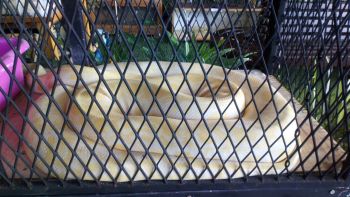
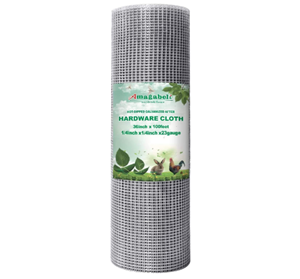
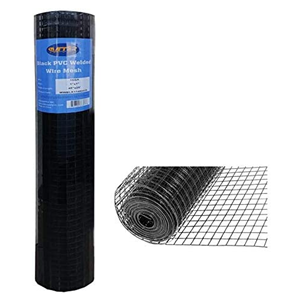
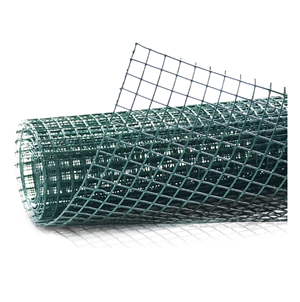
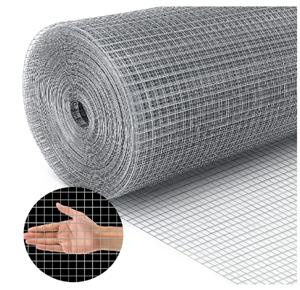
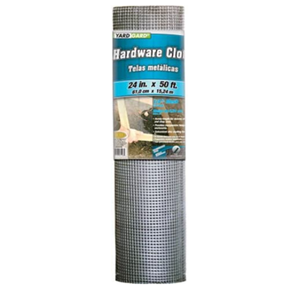
 As other predators search for prey, snakes also search for rodents and other small animals to fill their appetites. A snake can also come for small cats, dogs, hamsters, rabbits, chickens, or piglets.
As other predators search for prey, snakes also search for rodents and other small animals to fill their appetites. A snake can also come for small cats, dogs, hamsters, rabbits, chickens, or piglets.  Now that you have all the necessary materials and tools let’s go through the step-by-step guide to building your DIY snake fence.
Now that you have all the necessary materials and tools let’s go through the step-by-step guide to building your DIY snake fence.
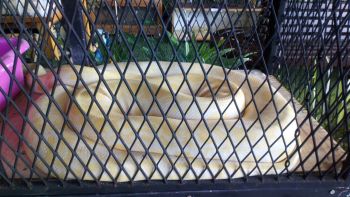
 Below are a few important things to consider while constructing an effective snake fence:
Below are a few important things to consider while constructing an effective snake fence: